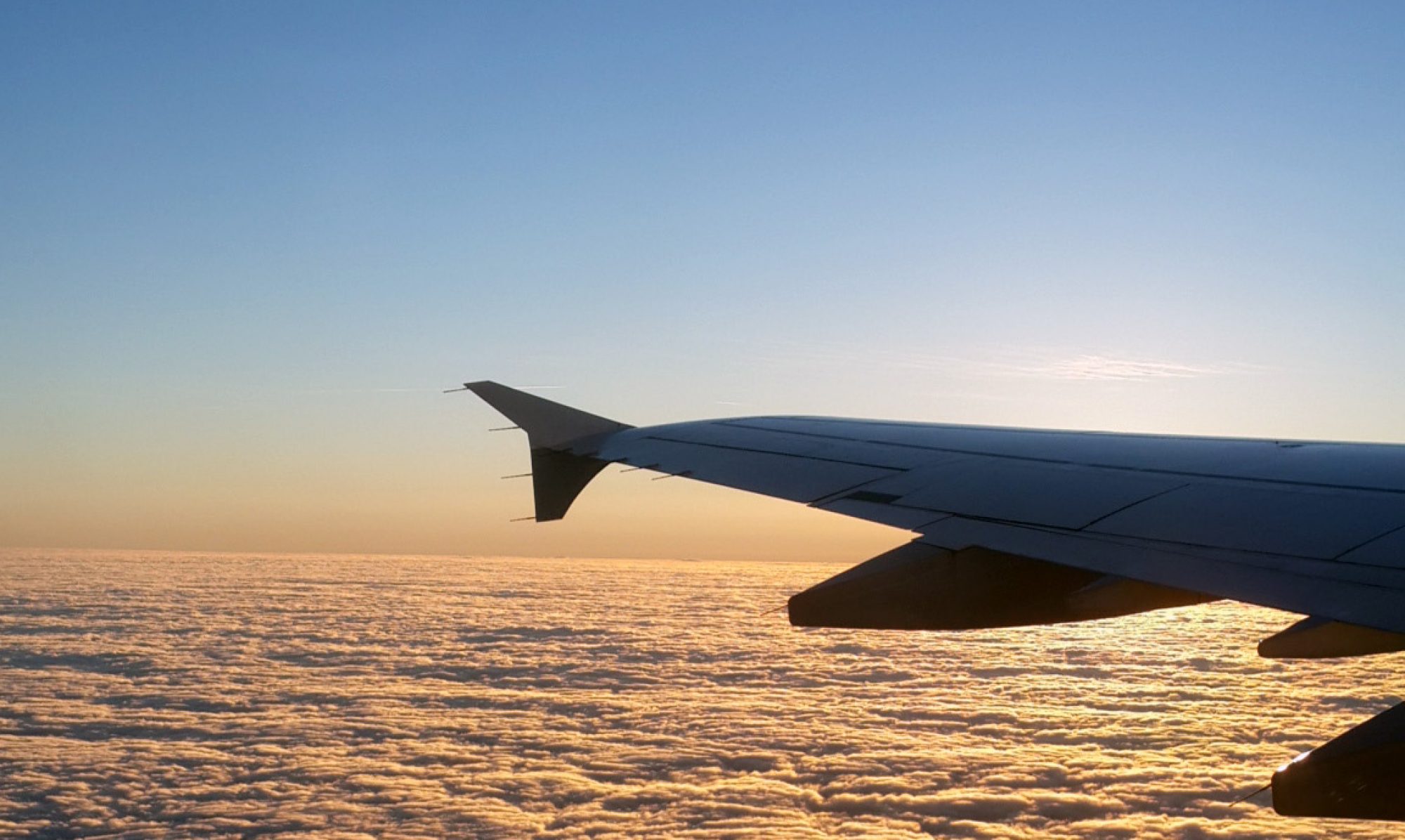April 2017 | Dios Kurniawan
Last week I was having a discussion with friends about which seats should we choose when checking in for our upcoming flight. Some prefer window seats, while some others like seats on the aisle – no body really wants the middle seats, which is quite understandable. It is more of personal preference. But which part of the aircraft will you choose, at the front section, in the middle, or in the back of the plane?
For me, my answer is always the same: I always choose to sit in the back.

 Seats in an Airbus A380 (photo: Dios K)
Seats in an Airbus A380 (photo: Dios K)
Why? Statistically speaking, the last few rows at the rear of an aircraft, near the tail, would give you the highest chance of survival in the event of a crash.
To support my argument, I compiled data from real-world airline accidents in the last 30-40 years. The list below might not be exhaustive, but it should give you a picture on why sitting near the tail is safer than sitting in the other part of an aircraft.
Here is the list:
- Japan Airlines Flight 123 that crashed into a mountain near Tokyo in 1985. This is the most notable tragic accident when more than 500 passengers died in the crash, with only 4 survivors. All survivors were seated in the last 3 rows at the rear of the plane.
- Mandala Airlines Flight 91 accident in Medan in 2005, with more than 100 fatalities. Seated at the rear of the plane, 17 passengers survived the crash.
- Air Florida Flight 90 in 1985 which crashed into Potomac River. Four passengers survived, while the rest 78 lost their lives. Again, the survivors sat in the last few rows of the plane.
- Lion Air Flight 538 in 2004 overran the runway at Adisumarmo Airport during landing, killing 25 passengers, all of those were seated in the front section cabin. Passengers who sat in the aft section survived.
- Garuda Indonesia Flight 035 in 1987, struck a power line near Polonia Airport. The tail section separated from the plane on impact with the ground, allowing 22 passengers and crew to escape. Sadly, 23 people who sat in the other cabin section lost their lives.
- Garuda Indonesia Flight 200 in 2007 which skidded off the runway at Yogyakarta Airport and caught fire. The accident resulted in 21 fatalities, most were seated in the front and middle sections. Remaining 100 passengers and crew managed to escape the fire.
The statistics above clearly points to the same conclusion: sitting near the tail increases your chance of survival. Yes, there have been many other airline accidents which rate of survival cannot be directly related to the pattern of seating position, but almost none favors sitting in the front of the plane.
Why it is safer in the back? There is no simple answer for this, but one thing for sure is: the middle section of a commercial airliner is usually where the main fuel tank is located, so passengers are practically sitting on top of highly flammable fuel at all times. The front section is the part which would absorb most impact of a crash, because, well, most crash happened nose-first.
No one wants to be involved in an accident, but when booking the seat for your next flight, my little piece of advice is to pick the last 2-3 rows at the rear of the plane. You might see me there, too.

